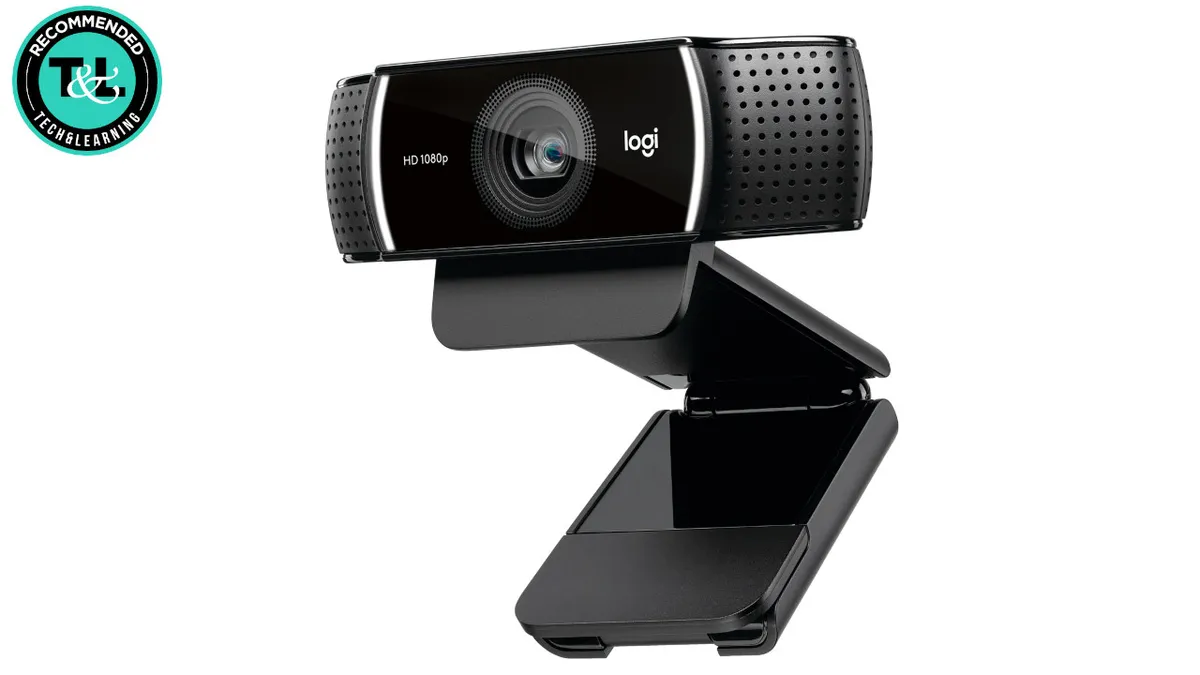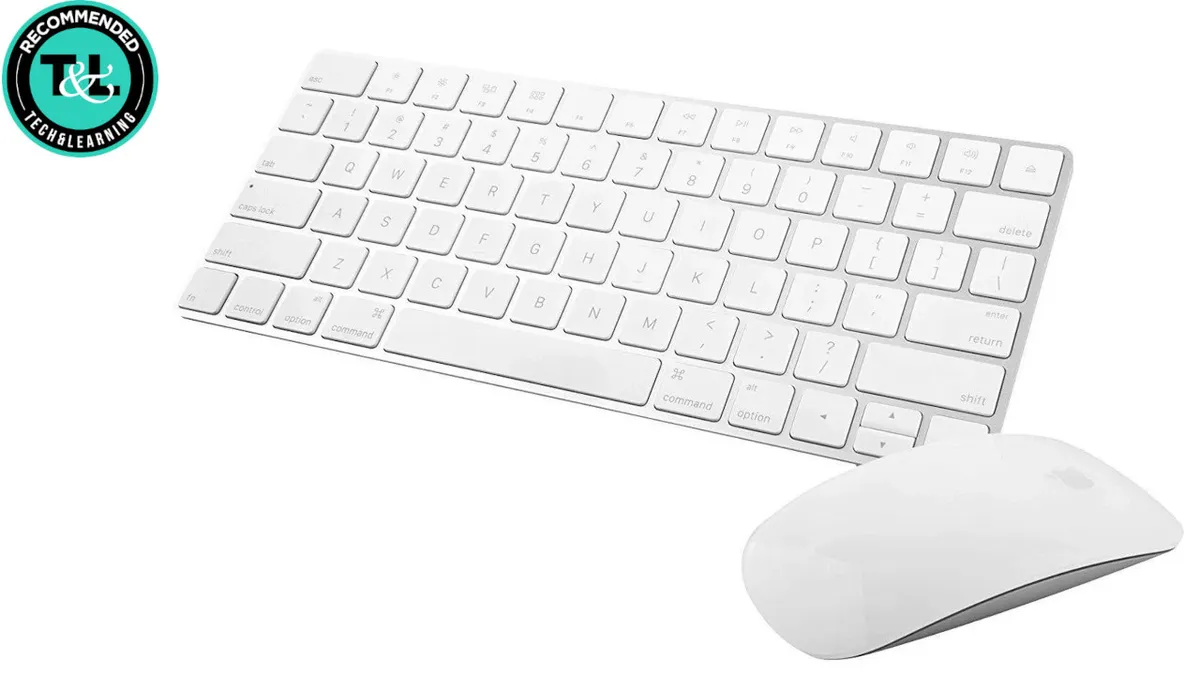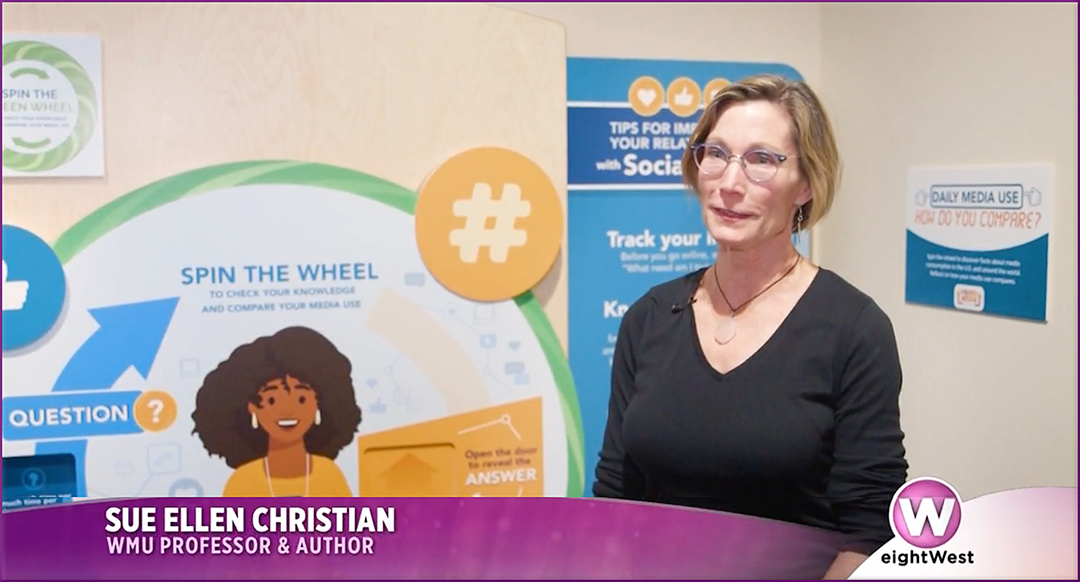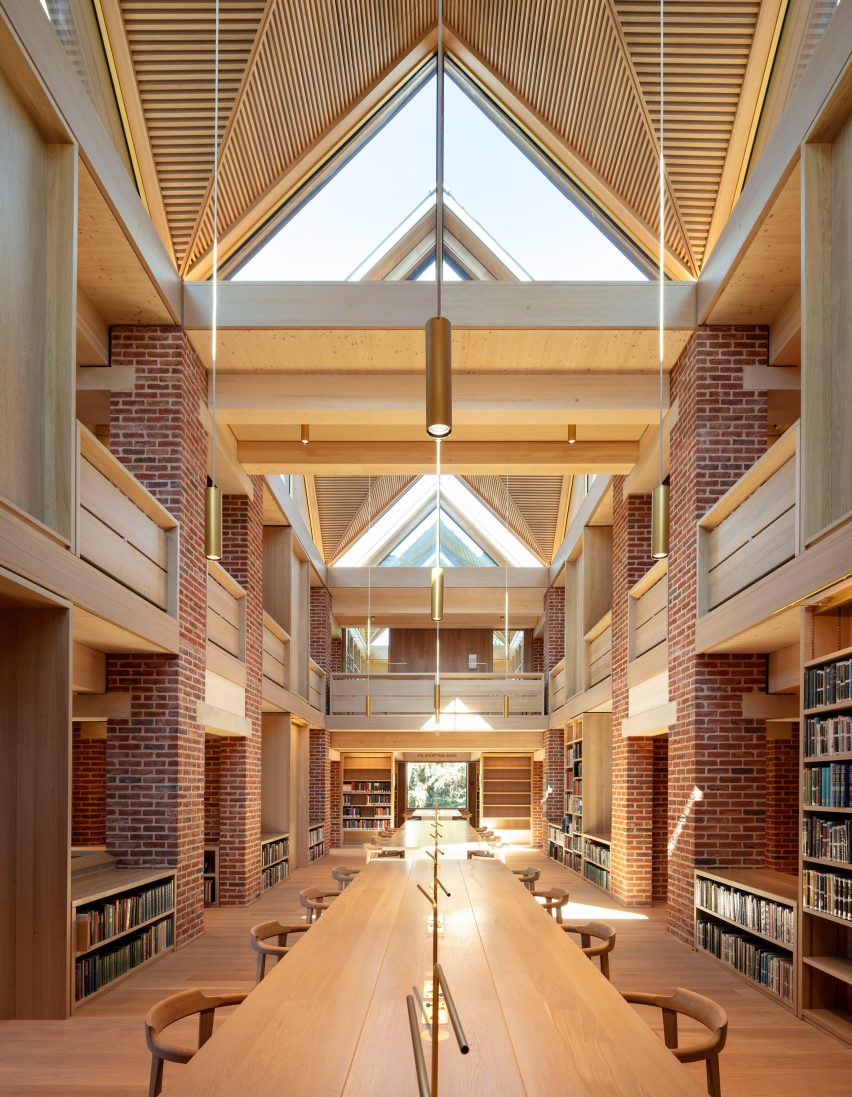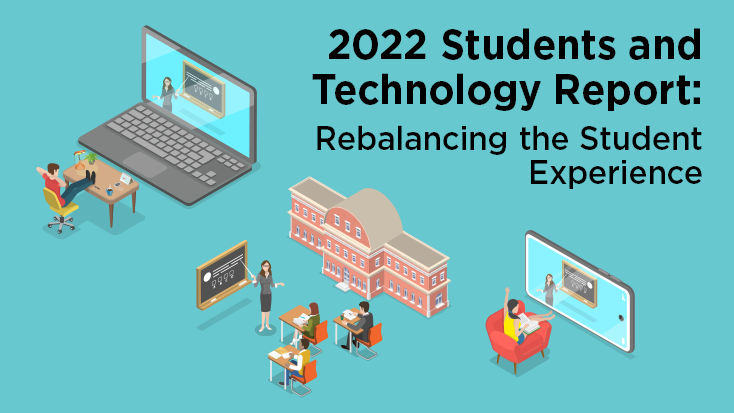4 Ways Classroom Design Impacts Executive Functioning — from edutopia.org by Andrew Ayers and Amelia Glauber
Effective classroom design can help elementary students develop skills like organization and task initiation.Excerpt:
Executive functions are process skills that allow us to successfully complete tasks. In any given classroom, there will be a wide range of students with a variety of executive functioning skill levels. These skills include working memory, task initiation, organization, metacognition, inhibition, planning and prioritizing, time management, emotional control, sustained attention, flexibility, and goal-directed persistence.
Also relevant/see:
Designing Classrooms Fit for Early Learners — from edsurge.com by Ozzie Tapia
With deliberate design, learning environments can promote independence, discovery and creativity for early learners.
Excerpt:
Working closely with districts has helped us hone these five strategies, which emphasize how the facility itself can play an active role in the teaching dynamic. When applied effectively, a facility—and the learning spaces inside and around it—becomes a tool for discovery and creative play, which is essential for learners at these early stages of development.

From DSC:
Along the lines of PreK-12th grade learning spaces, I’d like to see more innovations in regards to providing places within classrooms (or within a given facility at least) where students can go who want to/need to block out the cacophony of sites and sounds that may be occurring — in order to help them focus.









